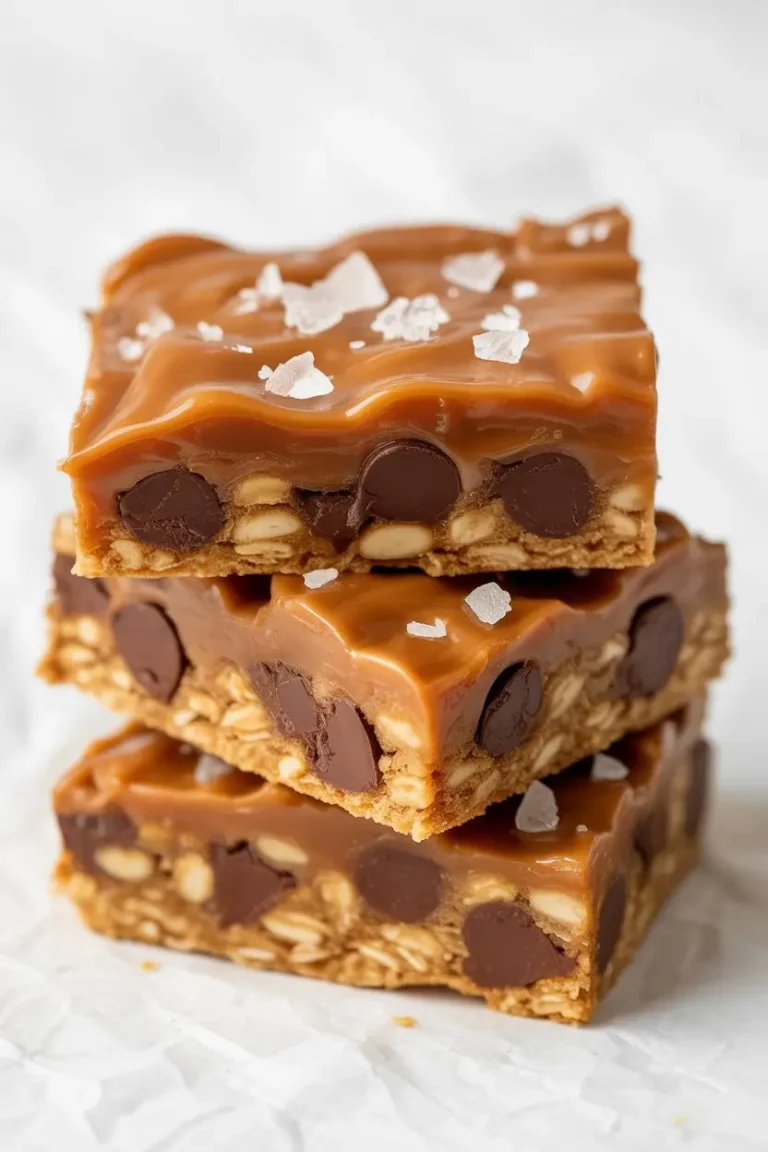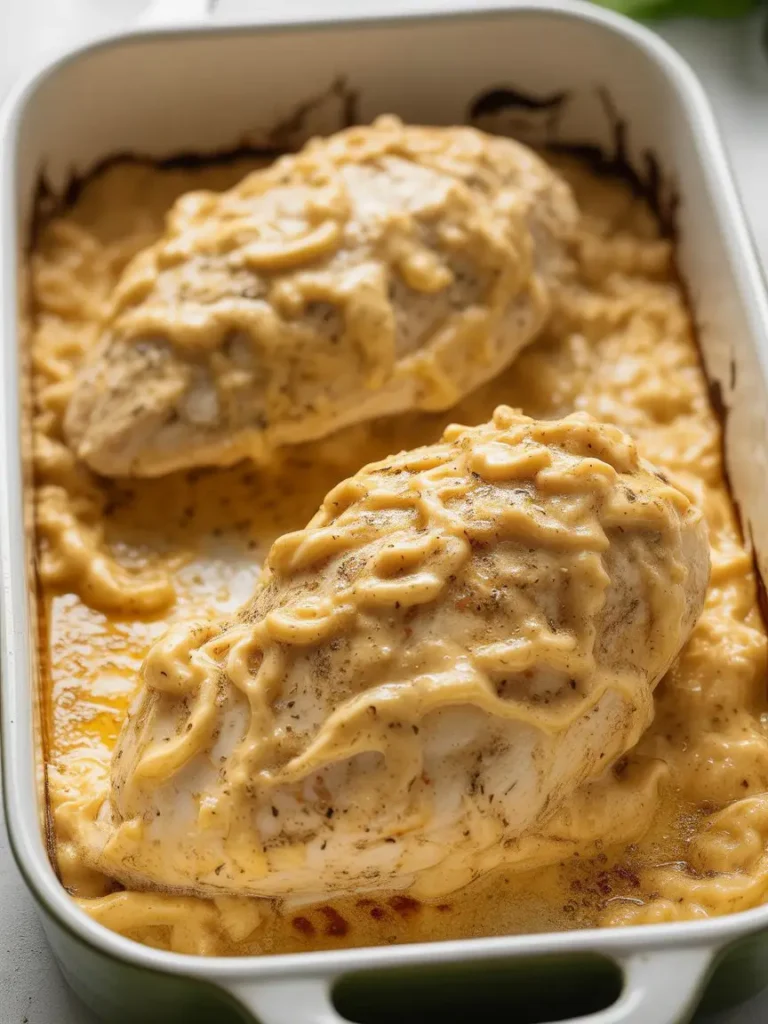I still remember the first time I ordered lobster bisque. I was at a restaurant where the tablecloths were stiff, the water glasses were never empty, and I was pretty sure my fork had more cousins than I did. Ordering it felt like a secret handshake into the world of fancy dining.
That first spoonful was a revelation. It was rich, creamy, and packed with a deep, seafood flavor I couldn’t quite place. I was convinced it was some kind of culinary magic, something only a chef in a tall white hat could create.
Well, I’m here to pull back the curtain. That magical soup is something you can absolutely make in your own kitchen. It’s not about magic; it’s about technique. And I’m going to walk you through every simple step to create a lobster bisque so good, it’ll make you want to put on a fancy tablecloth yourself.
What You’ll Need
- 2 whole cooked lobsters (about 1.5 lbs each), or 3-4 lobster tails
- 4 tablespoons unsalted butter, divided
- 2 shallots, finely chopped
- 1 large carrot, chopped
- 2 celery stalks, chopped
- 2 cloves garlic, minced
- 1/4 cup brandy or dry sherry
- 2 tablespoons tomato paste
- 6 cups seafood or vegetable stock
- 1 cup heavy cream
- 1/4 cup all-purpose flour
- 1 teaspoon paprika
- Pinch of cayenne pepper
- Salt and fresh black pepper to taste
- Fresh chives or parsley, for garnish
Tools Required for the Job
Having the right equipment makes any kitchen task easier. Here’s what you should have handy:
- Large pot or Dutch oven
- Blender (a high-powered or immersion blender works best)
- Fine-mesh sieve or strainer
- Whisk
- Cutting board and sharp knife
- Measuring cups and spoons
Pro Tips for a Perfect Bisque
Over the years, I’ve learned a few things that take this soup from good to unforgettable. These are the non-negotiables for a truly great bisque.
1. Don’t Throw Away the Shells. The single most important secret to a deep, authentic lobster flavor is using the shells. They are packed with flavor that gets released when you simmer them. This is what separates homemade bisque from the stuff you get in a can.
2. Toast Your Tomato Paste. This sounds small, but it’s a huge flavor booster. After you sauté your vegetables, add the tomato paste and cook it for a minute until it darkens slightly. This little step caramelizes the sugars and removes any raw, tinny taste.
3. The Double Strain. For that signature velvety-smooth texture, you need to strain the soup twice. The first strain removes the big pieces of shell and vegetables. The second, after blending, catches any tiny gritty bits, guaranteeing a silky finish. Patience here pays off in a big way.
Step-by-Step Instructions
Step 1: Prep the Lobster
Carefully remove the meat from the lobster claws, knuckles, and tails. Chop the meat into bite-sized pieces and set it aside in the refrigerator. Take all the leftover shells and break them into smaller pieces. This is where your flavor is hiding!
Step 2: Build the Flavor Base
In your large pot, melt 2 tablespoons of butter over medium heat. Add the chopped shallots, carrot, and celery. Cook, stirring occasionally, until they soften, which takes about 8-10 minutes. Stir in the minced garlic and cook for one more minute until you can smell it.
Step 3: Make the Stock
Add the lobster shells to the pot with the vegetables. Pour in the brandy or sherry. Let it bubble for a minute to cook off the alcohol. Stir in the tomato paste and paprika. Add the seafood stock, bring it to a simmer, then reduce the heat to low. Let it gently simmer, partially covered, for at least 30 minutes to an hour to extract all that flavor from the shells.
Step 4: Strain and Blend
Pour the stock through your fine-mesh sieve into a large bowl. Press down on the solids with a spoon to squeeze out every last bit of liquid. Discard the shells and vegetables. For an even smoother texture, blend the strained liquid in a blender until completely smooth. Strain it one more time through the clean sieve.
Step 5: Thicken the Bisque
In the now-empty pot, melt the remaining 2 tablespoons of butter over medium heat. Whisk in the flour to create a paste (this is a roux). Cook for about one minute, whisking constantly. Slowly pour the strained lobster stock into the pot, whisking as you go to prevent lumps.
Step 6: Finish and Serve
Bring the soup to a gentle simmer and cook until it has thickened slightly, about 5-10 minutes. Reduce the heat to low and stir in the heavy cream, salt, pepper, and a pinch of cayenne. Do not let it boil after adding the cream. Add the reserved lobster meat to the pot just to warm it through. Serve immediately, garnished with fresh chives or parsley.
Substitutions and Variations
This recipe is a great starting point, but feel free to make it your own. Here are a few ideas.
| Ingredient | Substitution | Notes |
|---|---|---|
| Lobster | Shrimp or Crab | Use the shells for the stock. |
| Brandy/Sherry | Dry White Wine | Adds acidity and complexity. |
| Heavy Cream | Coconut Cream | For a dairy-free option. |
| All-Purpose Flour | GF Flour Blend | For a gluten-free roux. |
Nutrition, Pairings, and Efficiency
A little info to help you plan your meal perfectly.
Meal Pairing Suggestions
Lobster bisque is rich, so it doesn’t need much company. A simple side is best.
- Crusty Bread: Essential for dipping. A good baguette or sourdough is perfect.
- Simple Green Salad: A light salad with a lemon vinaigrette cuts through the richness.
- Oyster Crackers: A classic soup-topper for a reason.
Efficiency Tips
– Mise en Place: French for “everything in its place.” Chop all your vegetables and measure your ingredients before you even turn on the stove. It makes the cooking process smooth and stress-free.
– Pre-Cooked Lobster: Buying already-cooked lobster meat from your fishmonger is a fantastic time-saver. You’ll miss out on the shells for stock, so be sure to use a high-quality seafood stock in its place.
Estimated Nutritional Information
This is an approximation per serving. Actual values can vary.
| Nutrient | Approximate Amount |
|---|---|
| Calories | 450 kcal |
| Protein | 20g |
| Fat | 35g |
| Carbohydrates | 15g |
Leftovers and Storage
If you have any leftover bisque, store it in an airtight container in the refrigerator for up to 2 days. The flavor actually deepens overnight.
To reheat, pour it into a saucepan and warm it gently over low heat. Avoid boiling the bisque, as high heat can cause the cream to separate and the texture to become grainy.
Frequently Asked Questions
Q1. My bisque isn’t as smooth as I want. What did I do wrong?
Ans: This usually comes down to the straining step. Make sure you’re using a fine-mesh sieve, not a colander. For an ultra-silky texture, blending the strained stock before thickening and then straining it one last time is the key. It’s an extra step that is totally worth it.
Q2. Can I make this dairy-free?
Ans: Yes. Use a good quality, full-fat canned coconut cream instead of heavy cream, and use olive oil or a dairy-free butter alternative. The coconut will add a subtle sweetness that works quite well.
Q3. Is the brandy or sherry really necessary?
Ans: It adds a traditional, complex background note that is signature to a classic bisque. If you prefer not to use alcohol, you can skip it. The soup will still be delicious, just slightly different.
Wrapping Up
There you have it. That once-mysterious, fancy-restaurant soup is now a recipe in your hands. It takes a little time, but the process is simple, and the result is so much more rewarding than just ordering it off a menu.
Making lobster bisque at home is an experience. It’s the aroma filling your kitchen, the satisfaction of building flavor from scratch, and the pure joy of that first creamy spoonful. So give it a try. I promise you can do it.
When you do, come back and leave a comment below. I’d love to hear how it turned out for you or answer any questions you might have along the way. Happy cooking!





